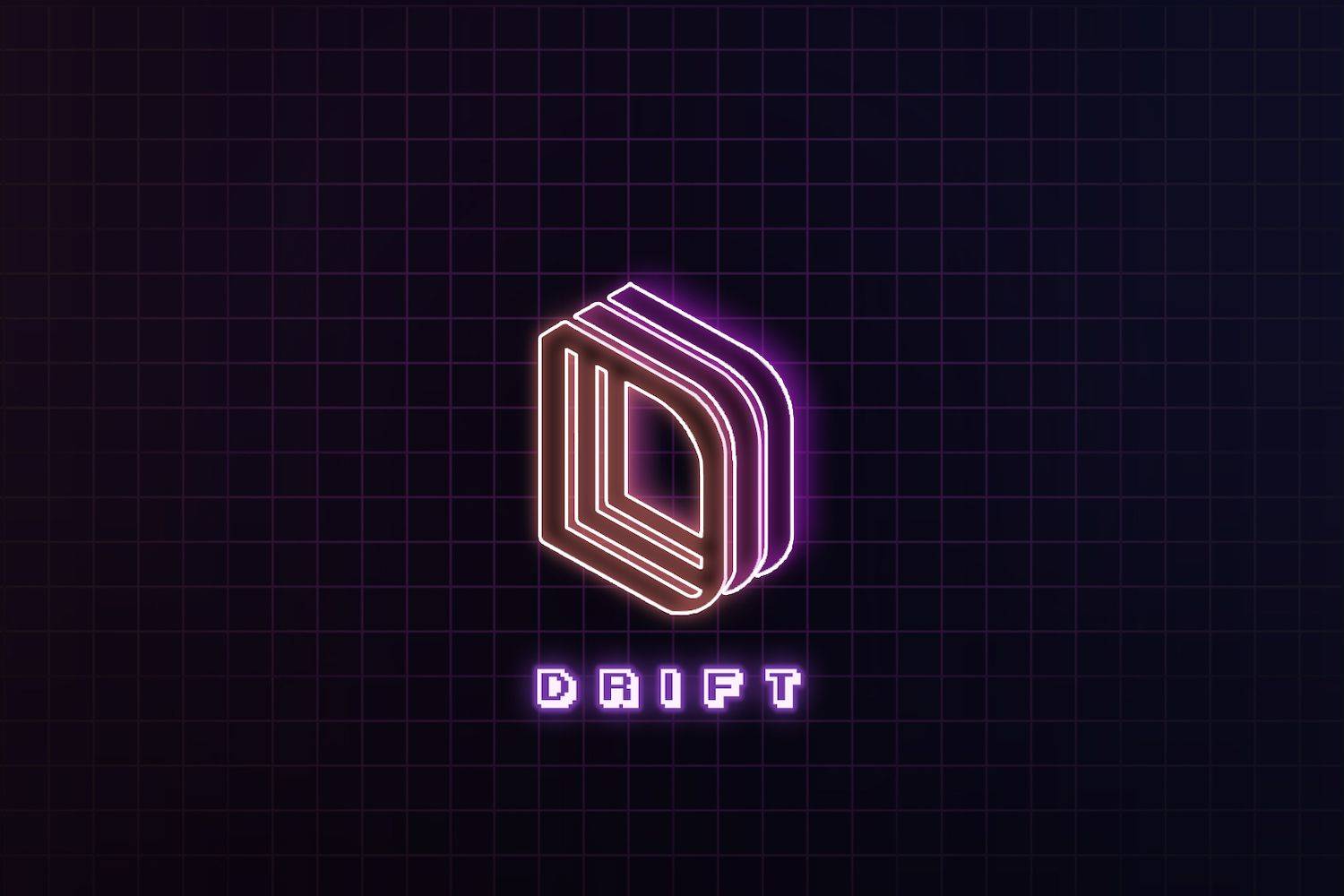Drift's Game-Changing DLP Unveiled
Explore Drift's groundbreaking DLP - a leap in DeFi that empowers users to revolutionize liquidity provisioning! Dive into unique P&L performances, robust liquidity mechanisms, and unparalleled customization. While the rewards beckon, it's crucial to navigate with an informed lens.
The realm of decentralized finance (DeFi) has seen its fair share of advancements, and Drift's latest offering, the Drift Liquidity Provider (DLP), is here to further enhance the landscape.
What is DLP?
Drift’s DLP allows users to become liquidity providers, giving them the opportunity to contribute to the perpetual market of their choice. By doing so, they can bolster market liquidity and collateralization. What's even more enticing is that liquidity providers (LPs) can enjoy:
- A share of the exchange-generated fees based on their contribution.
- Funding payments for settled positions.
In essence, DLP democratizes market making on the Drift platform. As trades occur, the Virtual Automated Market Maker (vAMM) automatically adjusts your LP positions, streamlining the entire process.
Key Features
- Choice and Flexibility: Users can select their desired perpetual market, decide on the liquidity amount (with up to 10x leverage), and DLP takes care of the rest.
- Unique Profit & Loss (P&L) Performance: Unlike GMX’s GLP where performance is standardized, DLP offers individualized performance metrics based on when a user enters the market.
- Robust Liquidity Mechanism: Drift utilizes three liquidity tools: vAMM, DLOB (Decentralized Limit Order Book), and JIT (Just-In-Time Liquidity), ensuring optimal on-chain liquidity. In contrast, GLP is the lone counterparty for GMX traders.
- Customization: DLP provides users the autonomy to select which market they wish to provide liquidity for, a feature not available with GMX’s GLP.
How DLP Functions
When traders make new trades against the vAMM, LPs assume the opposing positions. The liquidity presented gets denoted as DLP shares, similar to the collateral used by open, unfilled orders.
For instance, if an LP contributes to 10% of the vAMM's liquidity in the SOL market and a trader initiates a 10 SOL long position, the LP gains a 1 SOL short position, in addition to the corresponding trade fees.
Moreover, users can opt for leveraged liquidity provision, enhancing their earning potential. However, it's worth noting that higher leverage amplifies the risk of liquidation.
Financial incentives for LPs include 80% of the vAMM-collected fees and any profits from settled LP positions. These rewards are incorporated into the users' P&L, hence it's advised to maintain a separate sub-account for DLP to distinguish between trading and DLP profits and losses.
Understanding the Risks
While the potential for profits is evident, it's crucial to recognize the inherent risks associated with DLP. Given the vAMM's active market positioning, there's a possibility of incurring losses.
To minimize the associated risks, users are advised to establish a dedicated subaccount for DLP deposits.
Get Started with DLP
- Explore DLP further here.
- To gauge the past performance of LPs, check historical performance.
- For a comprehensive technical breakdown, including the code, visit Drift docs.
In Conclusion
Drift's DLP is an innovative step forward in the world of DeFi. While the potential returns are alluring, it's essential to approach with a well-informed mindset, understanding both the opportunities and risks involved.


